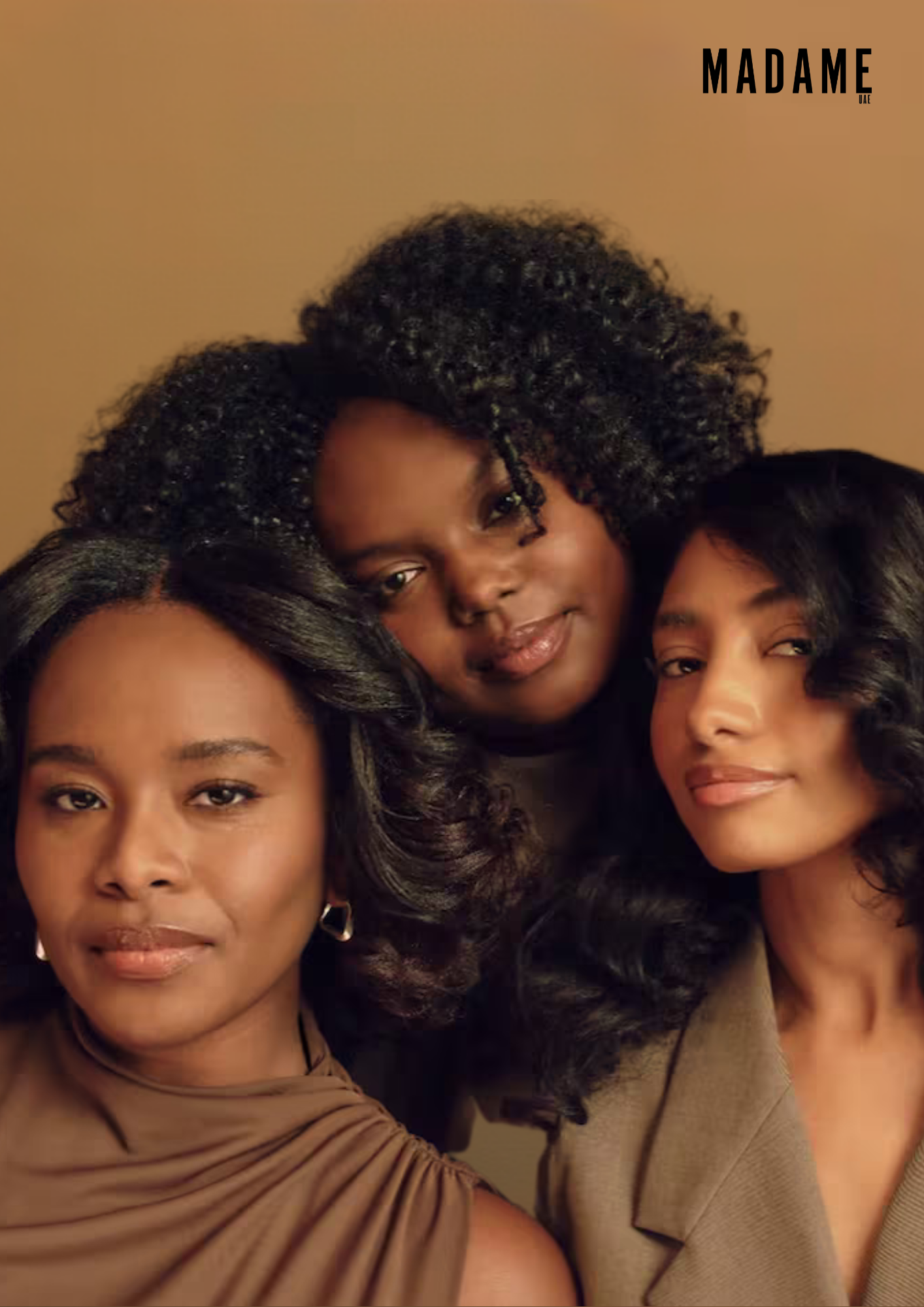Hair tools have become a significant part of the beauty landscape in recent years, with brands pushing to create more inclusive offerings that cater to curly, coily, and tight-textured hair types. From curling irons to straighteners, hot combs to diffusers, the industry has taken steps toward inclusivity in marketing campaigns and product lines. Yet, despite these efforts, textured hair consumers remain cautious and often unimpressed. This gap between brand promises and consumer realities underscores deeper issues within the beauty industry—issues that go beyond flashy campaigns and hashtags.
At the core of the problem is a persistent disconnect between product development and the lived experiences of textured hair consumers. For decades, the beauty industry largely ignored the unique needs of those with curly and coily hair, favoring products designed for straight or wavy textures. This neglect created a sense of skepticism that still lingers. While brands today are eager to showcase models with natural curls in ads, many fail to back up those visuals with tools that genuinely cater to the complex structure and fragility of textured hair.
A major factor is the lack of representation in the design and testing phases of hair tool development. Most brands do not include stylists and consumers who specialize in textured hair when creating new tools. This oversight leads to products that may claim to be “curl-friendly” but are either too harsh or simply ineffective. For example, many flat irons and blow dryers marketed to textured hair consumers still rely on high heat settings that can easily damage delicate curls and coils. Similarly, the design of some detangling brushes or diffusers may not account for the tight, springy nature of coily hair, resulting in breakage or frizz.
Another reason hair tools haven’t fully won over textured hair consumers is the industry’s slow recognition of the diversity within curls and coils. Textured hair encompasses a broad range of patterns and densities, each with its own care requirements. A one-size-fits-all approach not only misses the mark but can also cause significant damage. Many consumers have found themselves disappointed after investing in expensive “curl-specific” tools that simply don’t work for their hair type. This frustration deepens mistrust and drives many to rely on traditional methods like finger detangling or protective styles that require minimal manipulation.
Moreover, the cost of high-quality hair tools can be prohibitive. Tools that are truly designed with textured hair in mind—like specialized diffusers or gentle heat stylers—often carry a steep price tag. For consumers who have already experienced years of trial and error with generic tools, this investment can feel risky. Without clear evidence that a product will deliver on its promises, many prefer to stick with what they know works, even if it means bypassing the latest high-tech gadget.
The cultural history of hair care also plays a role in why textured hair consumers remain wary. Hair has deep cultural significance in Black and textured hair communities, and many consumers have been taught from a young age to prioritize health and protection over styling trends. As such, any tool that threatens the integrity of their curls is met with understandable skepticism. Brands must do more than simply show curly-haired models—they must earn trust through authentic engagement and meaningful representation.
So, what can hair tool brands do to bridge this gap? First, they must prioritize collaboration with textured hair experts and consumers during product development. This means going beyond focus groups and involving stylists and influencers with real-world experience. Secondly, brands should invest in thorough testing that reflects the diverse range of textured hair types, ensuring that their tools are gentle, effective, and truly inclusive.
Clear and transparent communication is also key. Brands should provide detailed instructions and honest explanations about how their tools work with different textures. Instead of relying on generic claims, they should offer real education—videos, tutorials, and support that empower consumers to make informed choices.
Ultimately, winning over textured hair consumers isn’t just about selling a product. It’s about recognizing the unique needs, challenges, and cultural significance of textured hair care. Until brands truly invest in listening, learning, and innovating for these consumers, hair tools will continue to fall short of their promises. And for those with curls, coils, and kinks, the search for the perfect tool remains a cautious journey—one that demands more than just marketing buzzwords.









